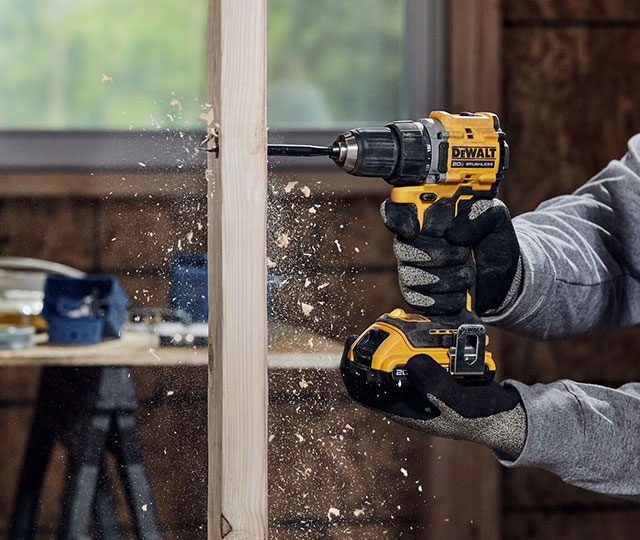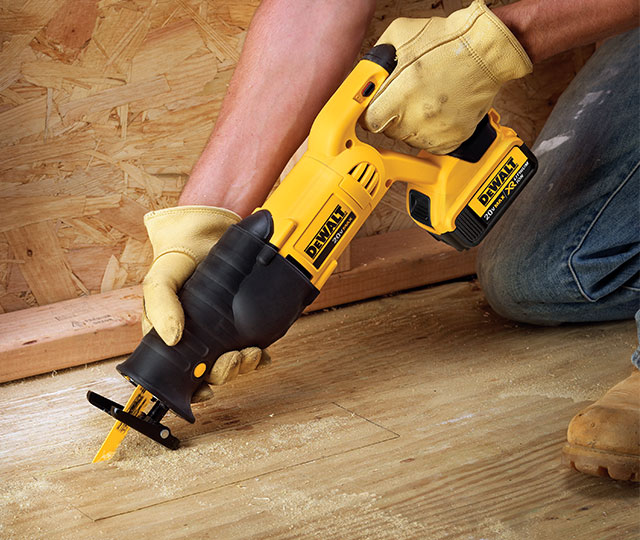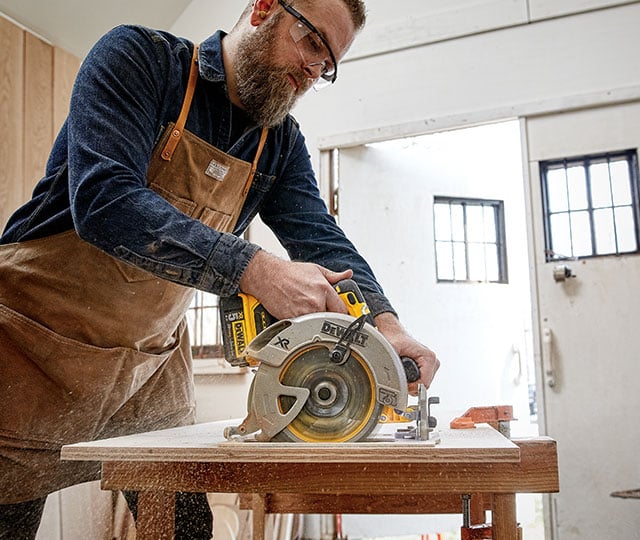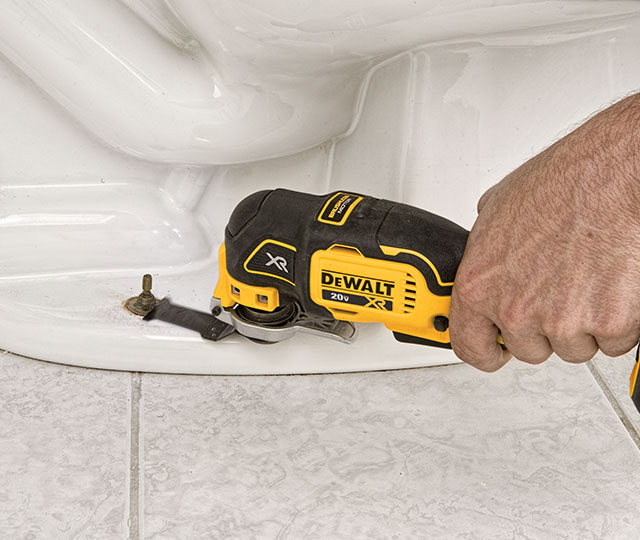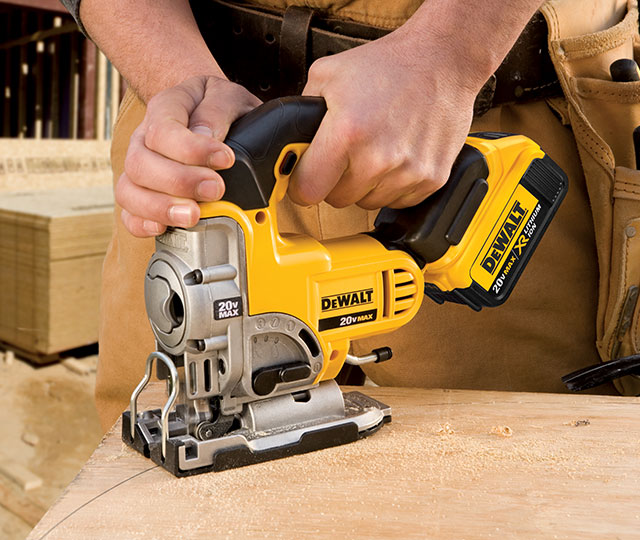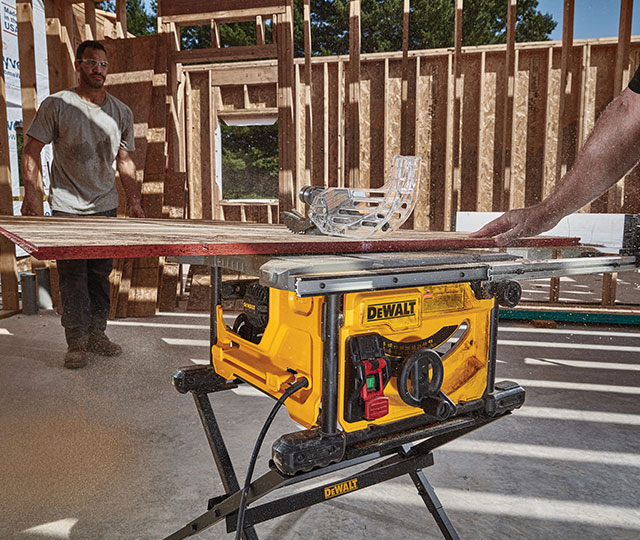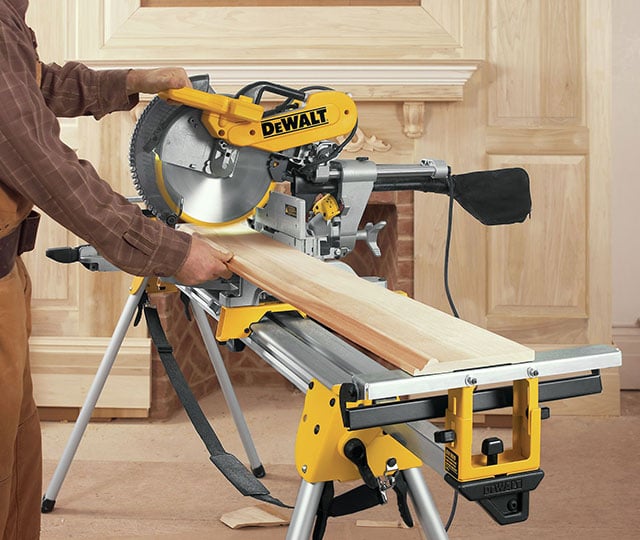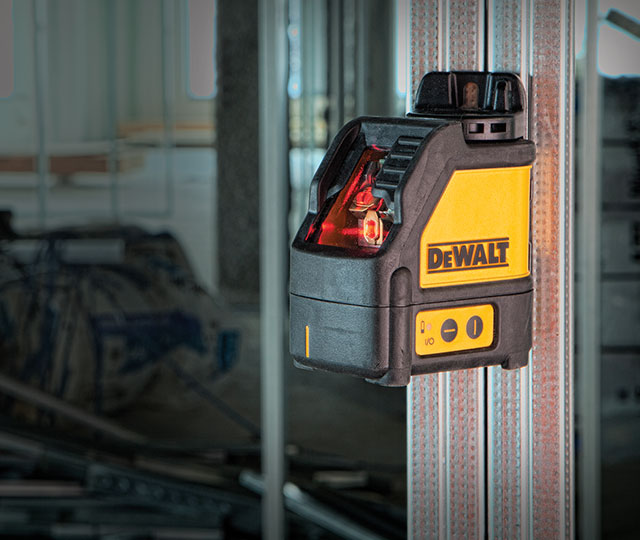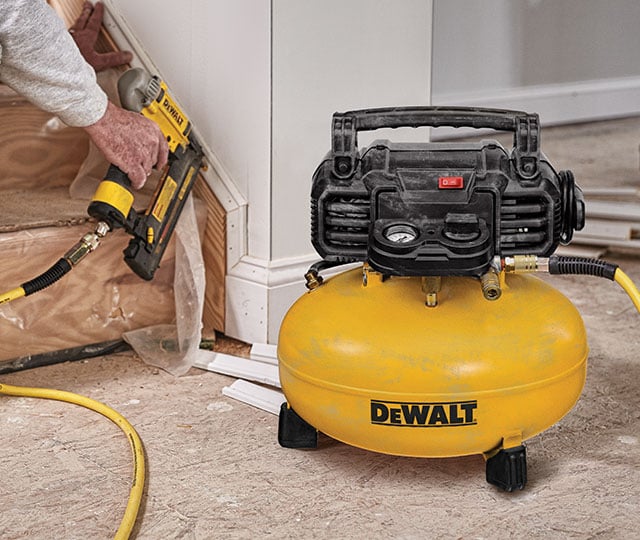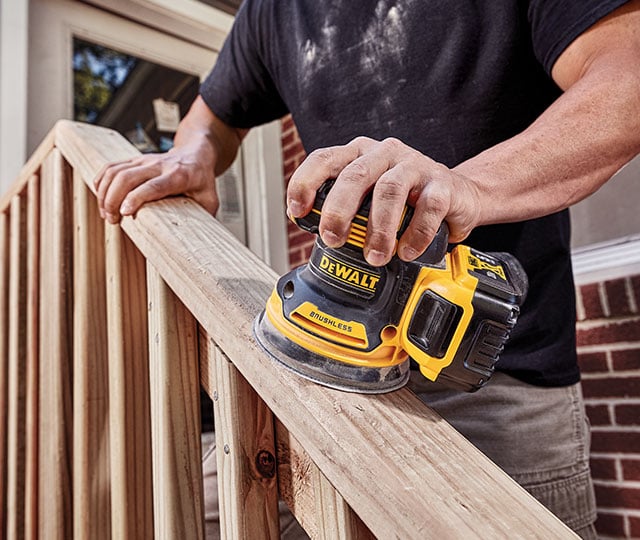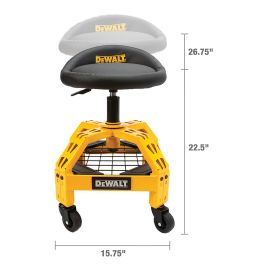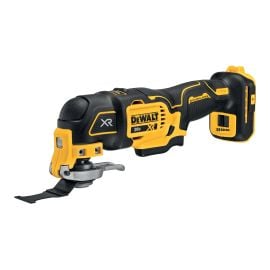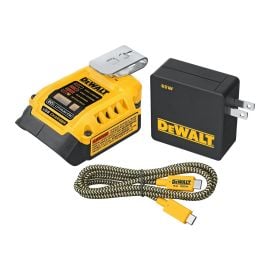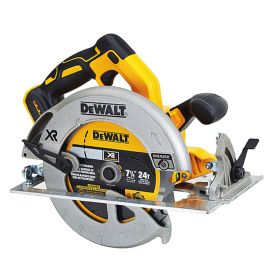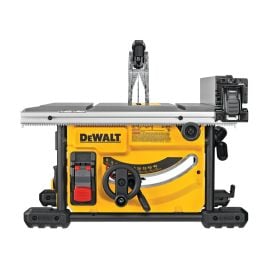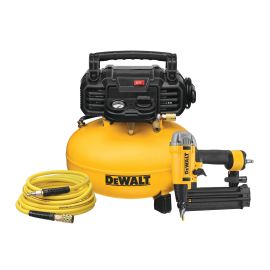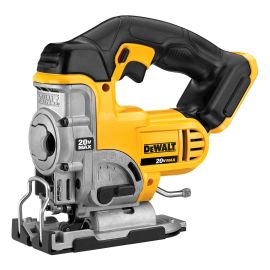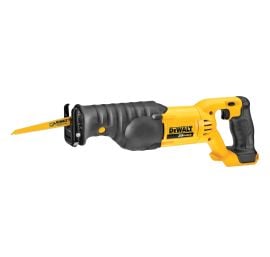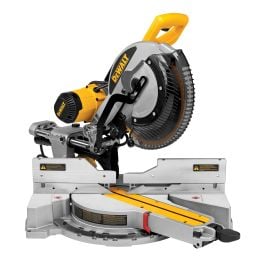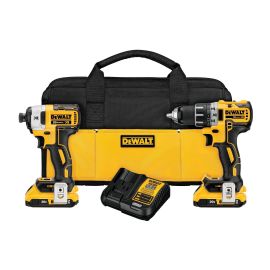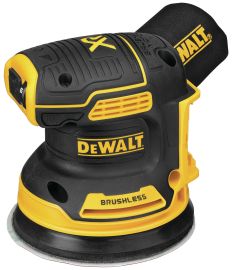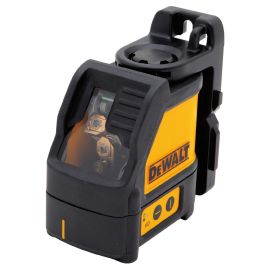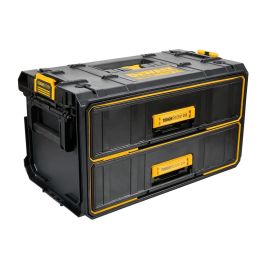Do you sometimes feel overwhelmed walking down the power tool aisle? Choosing tools that will get you through everything from everyday jobs to ambitious renovations isn’t always easy. But it can make all the difference.
That’s why we teamed up with Dewalt to help you build a foolproof toolbox. Here are our top picks for the 10 power, cordless and air tools to have handy in your garage or shed or at the cottage.
Power, cordless and air tools: How are they different?
Choosing between a power, cordless, or air tool depends on the type of work you need to do, how much you’ll be moving around with it, how much power you need, and how tight your budget is.
Power tools
Power tools tend to be bigger and heavier than other types of tools, but they’re easy to plug in, allowing you to get to work quickly with a steady supply of power. They’re widely available in most stores and are often more affordable.
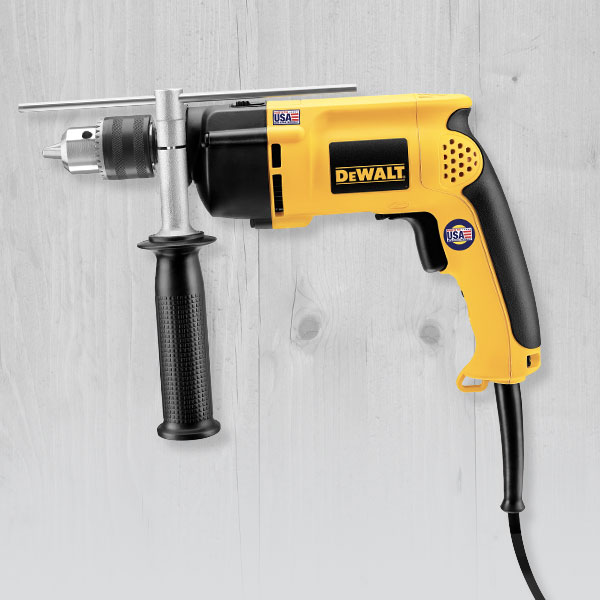

Cordless and battery-powered tools
Cordless tools can be used anywhere as long as the battery is charged. They are lighter, quieter, and easier to handle than power tools, making them perfect for hard-to-reach places. However, as the battery runs low their performance declines—which means you sometimes need to stop working to change or recharge it.
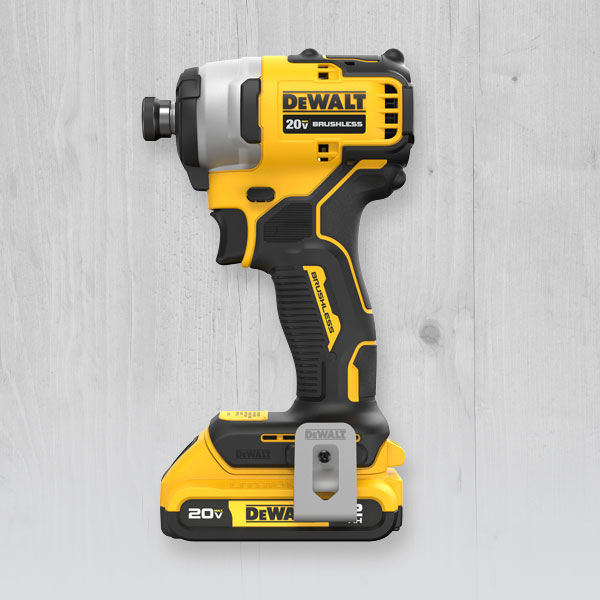

Air tools
Also known as pneumatic tools, air tools are typically lighter and more powerful than power tools, making them ideal for dusty, debris-filled environments. However, since they’re powered by an air compressor, they can be noisier and more expensive than other types of tools. With proper maintenance, air tools can be used for extended periods of time, maximizing your work time.
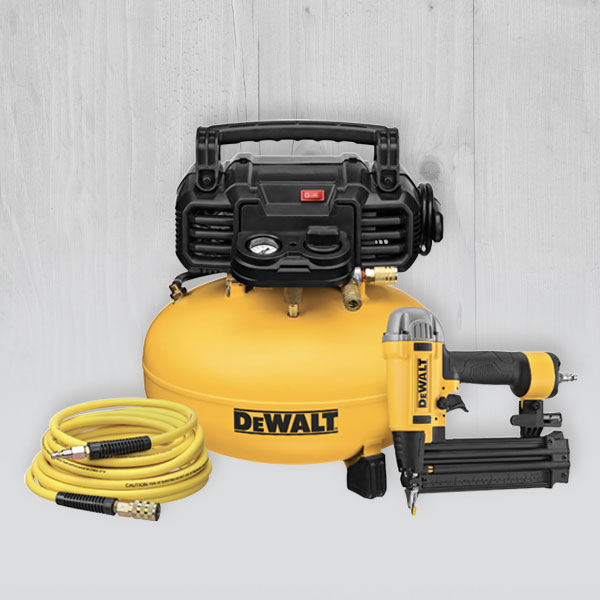

10 tools recommended by Dewalt experts
Here are our top picks for the best tools to have around the house or cottage—backed up by Dewalt experts.
1. Drill and driver kit
Drill and driver kits are essential for any DIY enthusiast. Drills are used to make holes in various materials such as wood, metal, and concrete, while drivers are good for assembling furniture and outdoor structures. With complementary accessories, they can also mix paint or plaster. Brushless models are more durable, require less maintenance, and are less likely to lose energy due to heat.
Model shown: DCK225D2
Pro tip: Before you buy, look at the power, torque, and variable speed option. Torque is the force the drill generates to turn an object.
2. Reciprocating saw
Reciprocating saws are perfect for quickly cutting a variety of materials, including wood, metal, and even brick and stone. They’re especially useful for demolition work, including removing drywall and piping. Some models feature a variable speed trigger, delivering up to 3,000 strokes per minute, or SPM.
Model shown: DCS380B
Pro tip: Before you buy, look at the stroke length, power, and variable speed option, as well as the type of blade clamp, blade, and shoe. Stroke length refers to the distance that the saw’s blade travels back and forth during each stroke.
3. Circular Saw
Circular saws are ideal for fast, accurate, straight cuts. Designed to cut wood, plastic, metal, ceramic, and concrete, they’re indispensable for carpentry and construction projects. Dewalt’s brushless motor technology delivers excellent performance and runtime autonomy when crosscutting two-ply materials and ripping sheet materials.
Model shown: DCS570B
Pro tip: Before you buy, look at the motor power and speed, blade diameter, cutting depth, and laser guide.
4. Oscillating tool
Oscillating tools are the ultimate multi-purpose tool and can be used to cut, grind, scrape, sand, or polish a variety of materials with interchangeable accessories. They allow you to cut pipes and nails, smooth wood surfaces, scrape adhesives and glue residue, and remove ceramic grout. Cordless models also make it easy to tackle small jobs around the house.
Model shown: DCS356B
Pro tip: Before you buy, look at the power, variable speed option, accessory changing system and compatibility, and noise and vibration levels.
5. Jigsaw
Jigsaws are ideal for complex, curved cuts and are suitable for almost any material, including wood, metal, and plastic, thanks to their easily replaceable blades. They’re especially useful for cutting shapes in plywood and making holes in countertops for sinks, electrical outlets, and other built-in features.
Some models include lever-action blade clamps, adjustable metal shoes for bevel cuts, and speed control triggers that can deliver up to 3,000 SPM. Removable shoe covers can also protect materials from scratches, and dust blowers keep the cutting area clean.
Model shown: DCS331B
Pro tip: Before you buy, consider power, blade type and stroke, cutting capacity, and the quality of the orbital action.
6. Compact table saw
Compact table saws are powerful tools for precise, repetitive cuts in wood, including plywood and MDF. Perfect for carpentry projects, they can make straight, angle, and bevel cuts. Some models are lightweight and easy to carry, which is a plus when working on big jobs.
Many models come with on-board storage for blade guard assembly, non-through cut riving knives, anti-kickback pawls, blade-change wrenches, a miter gauge, and push sticks.
Model shown: DWE7485
Pro tip: Before you buy, look at the power, blade diameter, cutting depth, cutting capacity, and table stability.
7. Miter saw
Miter saws are essential for making precise angle cuts, especially when working with wood panelling, mouldings, and door and window frames. They can be installed on table saws or used as handheld tools. Some models can reach speeds of up to 3,800 revolutions per minute, or RPM.
Model shown: DWS779
Pro tip: Before you buy, look at the motor power and speed, cutting angles, blade sizes and protection, clamping systems, and laser guides.
8. Laser level
Laser levels are your best bet for straight horizontal and vertical lines, making them ideal for installing tiles, frames, and partitions. They’re more accurate than spirit levels and help you save time by projecting visible lines. Some models offer advanced features, such as a self-levelling function and cross-line lasers with ranges up to 165 feet.
Model shown: DW088K
Pro tip: Before you buy, look at the laser type, beam range, accuracy, and power source.
9. Compressor and nailer kit
Compressor and nailer kits are great for quickly assembling wood products. Pneumatic nailers provide consistent power and are highly effective for installing mouldings, baseboards, and door and window frames. Some compressors can even reach up 165 pounds per square inch, or PSI, and power other air tools, including paint spray guns.
Model shown: DWFP1KIT
Pro tip: Before you buy, look at the compressor’s weight and capacity, air pressure, and noise level.
10. Orbital Sander
Orbital sanders are perfect for flawless finishing touches, such as sanding wood, plastic, or plaster before painting or varnishing. Most have variable-speed control between 8,000 to 12,000 orbits per minute, or OPM, to match the tool’s speed with the job at hand.
Model shown: DCW210B
Pro tip: Before you buy, look at the types of movement (orbital or random orbital), power, variable speed option, sander pad sizes, paper-clamping systems, and dust bags..
Everything you need to nail it!
Take the time to assess your tool collection and upgrade it with these essential power tools. Investing in quality tools is the key to working more efficiently and making every project a success. Ready to get started? Check out all the Dewalt tools available at BMR, either online or at one of our stores.
